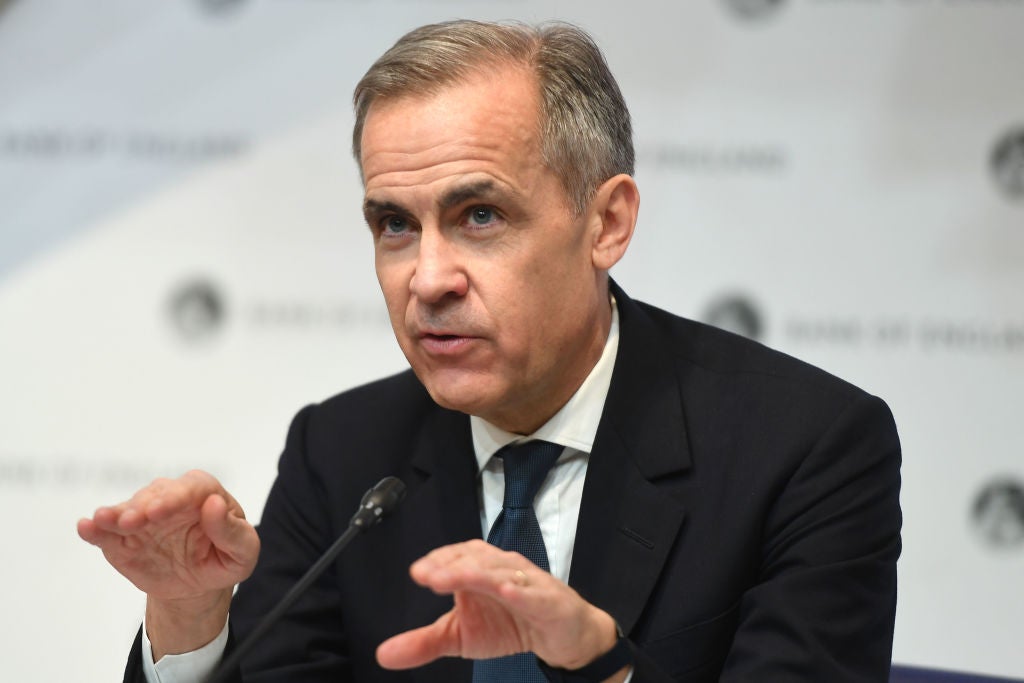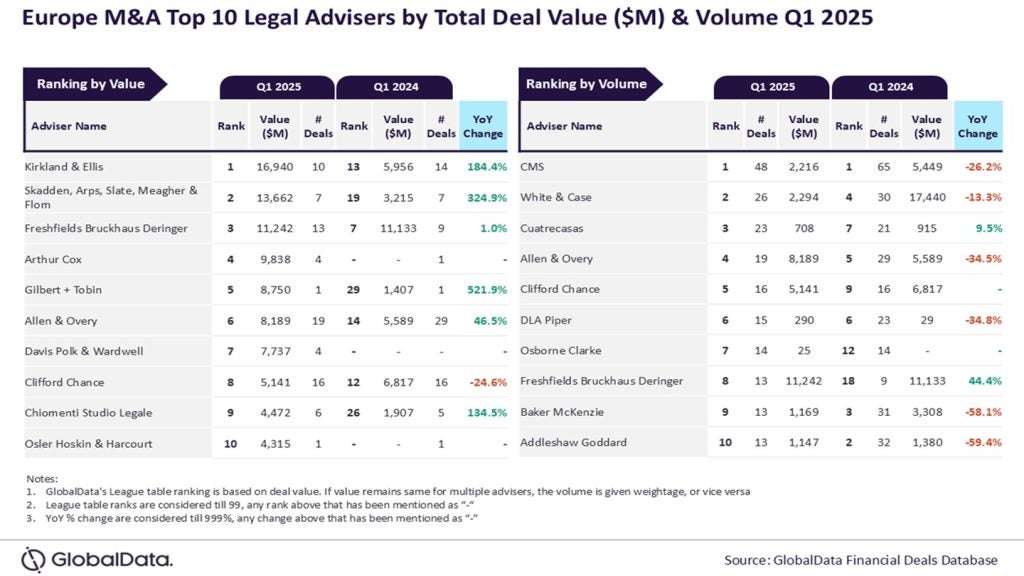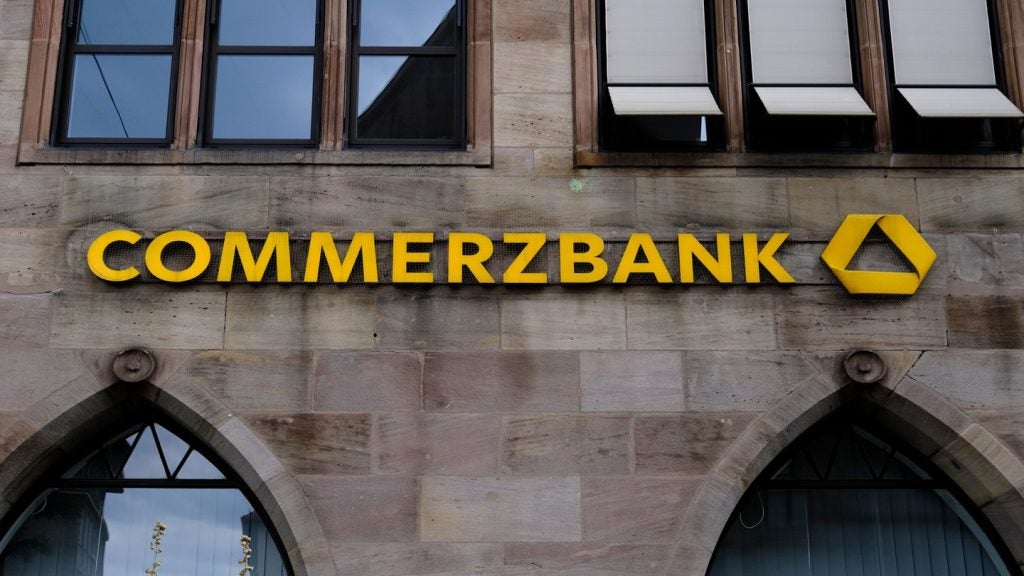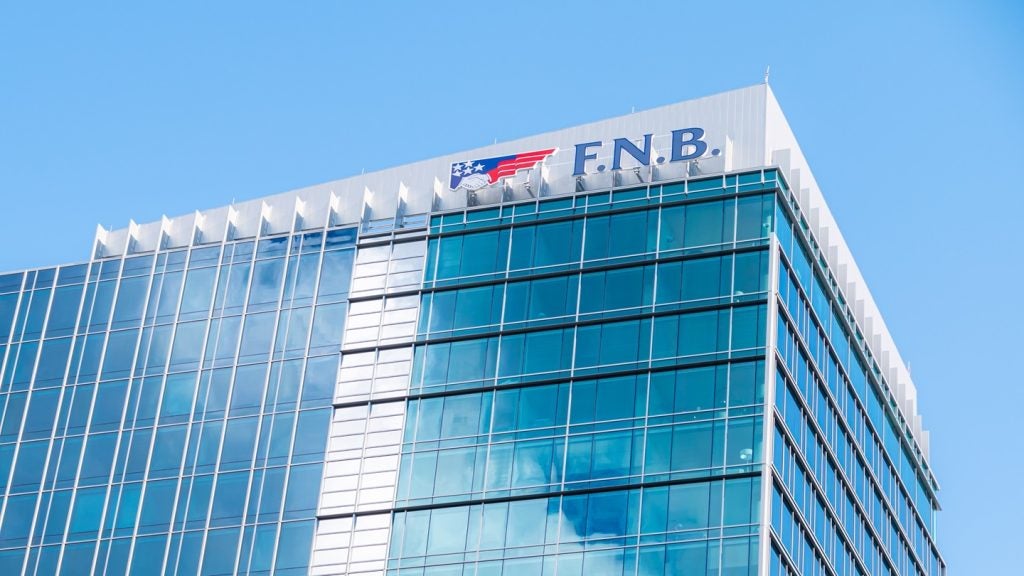
The $130trn financial industry alliance for net zero has been accused of being an empty promise. What would it take for GFANZ to succeed?
The COP26 climate summit was characterised by mammoth, headline-grabbing figures. Whether there was always sufficient substance behind those figures – be they for emissions reductions or capital – was another matter. Nothing represented that potential dichotomy more than the staggering $130trn of private capital UN special envoy Mark Carney corralled into a coalition of international financial institutions committed to net zero by 2050.
The Glasgow Financial Alliance for Net Zero (GFANZ) – made up of more than 450 banks, insurers and asset managers across 45 countries – promised to deliver up to $100trn to help economies transition to net zero over the next three decades. Its members committed to ambitious, science-based targets, including achieving net-zero greenhouse gas (GHG) emissions by 2050 and 50% emissions reductions from pre-industrial levels this decade. They pledged to review their targets every five years, with annual progress reports.

For some observers, this was a historic achievement. It could also be the clincher in the world’s climate battle. Analysis from UN High Level Climate Action Champions, experts appointed to bolster climate action among non-state actors, has found that the private sector could deliver 70% of the total investments needed for net zero. GFANZ proudly announced its members were already aligning their portfolios with 1.5°C; 90 of its founding institutions had already set short-term climate targets, including 29 asset owners committed to reducing portfolio emissions by 25–30% by 2025.
However, for others, it was all talk, an empty gesture designed to kick the can down the road and take the immediate pressure off the financial sector. To them, the net-zero pledge rang hollow; each signatory had two to three years to come up with a plan and there was no obligation to reduce the carbon footprint of their portfolios before 2050. There were also accusations of double counting in the $130trn figure, due to the industry’s innate capital overlaps.
“GFANZ has done well to establish that the financial sector is nominally behind net zero, but must do more to avoid laundering the reputation of financial institutions helping to torch the planet,” summed up Iskander Erzini Vernoit, finance policy advisor at environmental think tank E3G.
So what is a credible net-zero commitment for a financial institution (FI) and how can GFANZ win over its sceptics?
A good FI net-zero pledge
Despite being small emitters themselves, FIs have an important role to play in the journey to net zero through their portfolios and investments. While some may choose to divest from high-carbon sectors such as fossil fuels, this can also remove their ability to exert influence. Others remain invested and lobby these companies around their climate plans, acting as stewards engaging the companies they own to transition to low-carbon business models.
“Emissions reductions in the real world means […] seek[ing] to reduce portfolio companies’ emissions via engagement as a first-line approach prior to divestiture, where there is reasonable expectation of success,” says Erzini Vernoit.
To make matters more complicated, FIs’ climate footprints – and the options for managing them – manifest in very different ways. Jessica Andrews, director of PRI-UNEP FI Investment Leadership Programme, says: “An asset owner has different levers than an asset manager, which are also different for those FIs in the Sustainable Stock Exchange Initiative. Even within the asset owner subset, a sovereign wealth fund has a very different portfolio to an insurance company – and GFANZ spans all of these.” Across the coalition, asset managers account for $57trn of the assets, with another $63trn coming from banks and $10trn from asset owners such as pension funds.
Ahead of the G20 Rome Summit in October 2021, UNEP FI (UN Environment Programme Finance Initiative) laid out a framework – co-authored by Andrews – for what a credible, transparent and comparable science-based commitment in line with 1.5°C temperature rise would look like for an FI. There are 11 recommendations, including setting near-term (ideally five-year) targets, striving for full scope 1, 2 and 3 emissions coverage as soon as possible, neutralising residual emissions, financing the transition and full transparency on metrics and progress.
There are various methodologies by which FIs can reach net zero, but if an FI wants to go beyond simple divestment and play an active role in the transition, Andrews suggests it starts by analysing the carbon in its portfolio and setting sector-specific targets. “Look at your oil and gas shares: how much do they need to decarbonise to get to net zero?” she says. “You figure out how much oil and gas needs to decarbonise in the next five years and you hold the [oil and gas] shares in your portfolio to that standard. Same for aviation, and for every other sector.”
The emissions ‘scopes’ can pose a challenge for an FI. Scope 1 emissions are ‘direct’; scope 2 emissions are ‘indirect’ emissions associated with the purchase of electricity, steam, heating or cooling; scope 3 emissions are other ‘indirect’ emissions up and down a company’s value chain. “This can get complicated fast and there is a lot of double counting involved, but there are scientific models which disaggregate scope 1,2 and 3 emissions and show the decarbonisation rates for all of those,” says Andrews. “It is still really challenging to get scope 3 data from companies,” she acknowledges.
Triodos Bank has been a frontrunner in sustainable finance for more than 40 years. The Dutch bank, a member of the Global Impact Investing Network, has set an ambitious target of hitting net zero by 2035. It aims to substantially reduce the GHG emissions of its loans and investments and offset the remainder by investing in nature projects that remove emissions from the air.
“While we are a bank with a low climate intensity loan book – with no fossil fuel assets – going from a low footprint to net zero is still a significant step.,” says Bevis Watts, chief executive of Triodos Bank UK. “It will be an even greater challenge for those with traditional portfolios.”
Triodos implemented the methodology of the Partnership for Carbon Accounting Financials, an industry-led initiative to enable FIs to measure and disclose the emissions financed by their loans and investments, to its own reporting for the first time in 2018. It extended the scope of that reporting to cover 100% of its loans and fund investments in 2019. “Implementing this level of reporting will be a large task for many institutions, but we see these universal principles as key to the transition of the whole sector,” says Watts.
To achieve its 2035 net-zero target, the bank is focusing on a variety of activities, including providing green mortgages to help its mortgage customers (21% of its portfolio) make their homes more energy efficient. It also provides project financing for green energy infrastructure and decentralised energy systems, and lobbies its investees (listed, private debt and equity) to aim for net zero by 2035. Much of the bank’s future portfolio is focused on natural capital projects that sequester carbon and support biodiversity, such as regenerative agriculture.
“If we wanted to simply fast-track our decarbonisation, we could swiftly divest from energy-inefficient building stock,” says Watts. “However, that serves only a single purpose – to hit our target. It is much more important that we work with all of our lending customers, and support them in their move to net zero. We cannot simply decarbonise our portfolios at the expense of wider societal impact.”
Triodos is currently working on a road map for its net-zero plan, which it will get reviewed by its external auditor before submitting targets for validation by the Science Based Targets initiative in the coming months.
The long road(s) ahead
Banks, compared with asset owners and managers, have taken the greatest flak from GFANZ critics. Whereas asset owners and managers may own shares in fossil fuel companies, banks are often actively lending to and underwriting new fossil fuel infrastructure. These projects can be harder to phase out.
“Historically, the fossil fuel sector has been a highly profitable business for the banks, meaning deep and long-standing relationships exist between the two,” says Erzini Vernoit. “Government intervention is clearly required to reorient bank finance toward the clean energy transition and disincentivise non-Paris-aligned activities. The asset owners are understood to be more progressive in their climate commitments than the banks, and indeed have come to increasingly put pressure on the banks, whose stocks they own, to curb the bankrolling of the fossil industry.”
According to the Banking On Climate Chaos report last year, the world’s 60 largest commercial banks have financed $3.8trn of fossil fuel development since the Paris Agreement. The report also found 65% of bank financing for fossil fuels in 2020 came through the underwriting of bond and equity issuances, rather than loans. “[But] the majority of net-zero targets appear to not address this area,” notes Erzini Vernoit.
Globally, European banks are leading the sector’s climate commitments, but even in Europe there is a gap of more than €4trn between the region’s current market for Paris-aligned corporate loans and the size of the corporate loan books of banks with the ambition to align their portfolios to Paris, according to a recent report by CDP Europe and Oliver Wyman.
Helen Wiggs, head of climate change at responsible investment charity ShareAction, says: “Our Countdown to COP26 report on the European banking sector illustrated that while the majority had pledged to zero-out emissions from their portfolios by 2050, very few banks had started taking concrete steps to get there. Only three banks had committed to halve their financed emissions by 2030 to ensure they were on track [for net zero by 2050].”
Beyond banks, GFANZ’s asset owners and managers are not yet in the clear either. Voting data from Proxy Insight revealed that out of the 46 asset owners that made up the Net Zero Asset Owners Alliance (a predecessor and now constituent part of GFANZ) as of September 2021, only 13 directly exercised their voting rights on climate-related shareholder proposals. Overall, the group actually opposed about 30% of climate-related resolutions. Votes in favour were more likely to call for a company to do less anti-climate lobbying than require substantive changes to its operations or carbon footprint.
When it comes to asset managers, the individual track records of the three biggest players – BlackRock, Vanguard and State Street, all GFANZ members – were actually worse than the non-GFANZ average. BlackRock, for one, opposed 47% of climate resolutions, State Street 58% and Vanguard 62%. The non-GFANZ average was 39%.
“We are already aware of a yawning gap between bold, long-term aims and current practice,” says Wiggs. “We just do not have the time to allow for a low bar to entry or piecemeal change.” She points out that signatories of the Net Zero Asset Managers Initiative – now subsumed into GFANZ – have committed under 2% of their assets to be managed in line with net zero – falling far short of the ambition needed to meet the scale of the climate crisis.
The path to success
To win round sceptics like Wiggs, GFANZ needs to require its members to provide “all-in” net-zero commitments from the outset. “Success will require granular and timebound detail around commitments,” she says. “We need to see how signatories are going to escalate their engagements with high-carbon sectors and how those plans illustrate we are keeping 1.5C in sight.”
That will require hiring ESG expertise right to the top, but there is currently huge competition for talent and a lot of movement between organisations. Says Wiggs: “It is quite possible we may see more net-zero transition plans being put before shareholders over the next few years. The challenge will be to ensure those shareholders have sufficient expertise in place to adequately assess them. Organisations will need to work out not just how to find talent but retain it.”
Similarly, governance, transparency and accountability of transition plans and climate strategies means effective board oversight, which will require compensation of executives to be based on successful implementation, posits Erzini Vernoit.
There will also need to be further progress to globally standardise climate policy and regulation. Progressive regulatory change has enabled European FIs to move further and faster than global peers, but “we need the same supportive policies in broader industry and globally”, says Wiggs.







